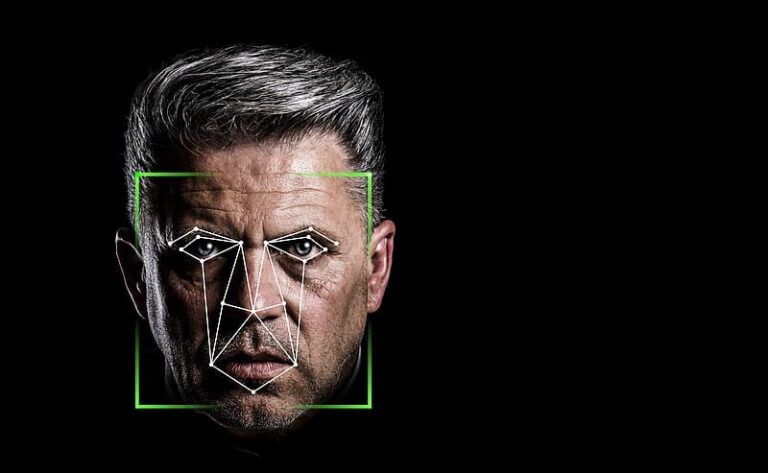Facial recognition technology (FRT) is becoming more and more integrated into daily life, from accessing an iPhone to automatically tagging Facebook images to companies analyzing productivity as well as police forces monitoring rallies.
FRT compares collected photographs with additional images of faces that are available, such as those that are on databases or governmental watchlists. This is a very invasive sort of surveillance that has the potential to substantially impair people’s freedoms and, eventually, society.
Few technological advancements have as successfully captivated both astonishment and anxiety as FRT. This innovative development has ushered in a new era of comfort and security, but it also raises concerns regarding bias, privacy, as well as the fine line between moral responsibility and development. In this article, we will unravel this mystery and reveal the complexity of FRT.
Eliminating Complexity With Algorithm Accuracy
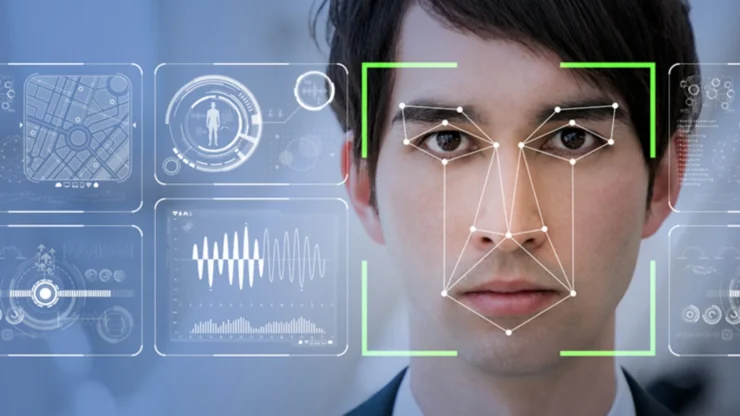
Some facial recognition algorithms have been found to produce greater incorrect positives with certain groups of people, which has caused problems. These complexities are starting to be eliminated with the advancement of developed software models coded to a higher standard.
Neurotechnology are an example company participating in this field of face recognition software and have published the strength of their algorithms after being assessed by NIST in an FRVT test, visit here to know more. Algorithms like these examine complex face traits to recognise and validate people by utilizing artificial intelligence as well as machine learning.
With face recognition systems to be trustworthy and safe, high accuracy is essential to minimize false positives as well as negatives. By identifying distinctive face structures and patterns, these algorithms simplify the challenging task of facial recognition and enable accurate matching.
The precision of these algorithms has been greatly improved by developments in deep learning as well as neural networks, revolutionizing applications in access management, security, and personalized experiences. As technology develops, enhancing algorithm accuracy continues to be a top priority for developing face recognition capabilities.
Understanding Facial Recognition
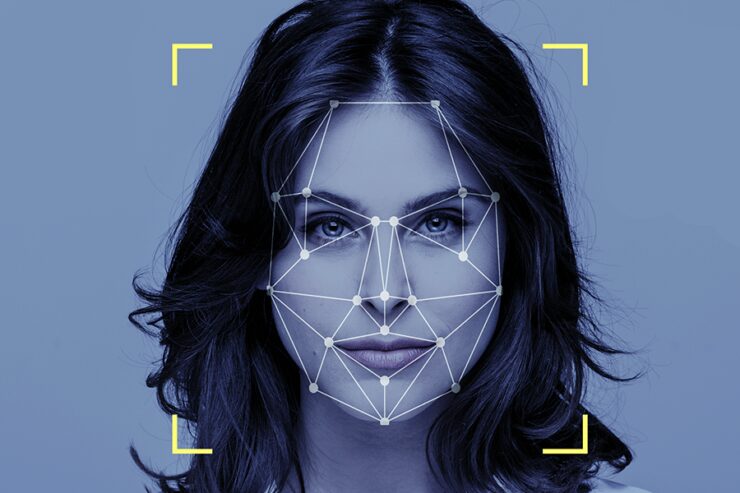
A wide range of algorithms and approaches are used in face recognition technology to recognise and authenticate people depending on the characteristics of their face. Complex algorithms build one-of-a-kind templates which can match and recognise faces in a variety of circumstances by analyzing key facial cues including the shape of the nose, eyes, and mouth.
The use of this technology has quickly advanced beyond security-related uses to have an impact on many industries, including marketing, social media, and healthcare. Event searches, watch list alerts, biometric access control, etc, are the most practical uses of face recognition technology. These applications need to be utilized closely in tandem with dual authentication.
The average processing time for recognizing the face using FRT is 21 seconds, which shows that computational complexity has decreased as the processing time has decreased. Face image processing is done using the suggested method.
The Mechanisms Behind Facial Recognition
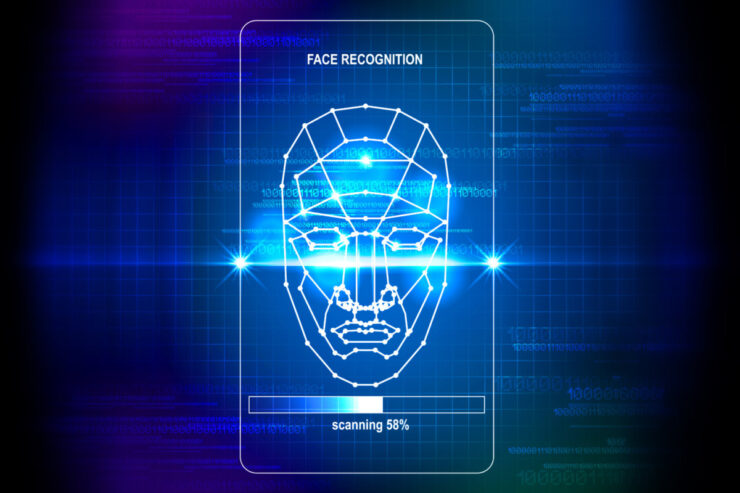
Investigating the complex mechanisms behind FRT software exposes an intriguing complexity tapestry which weaves together artificial intelligence, machine learning, with human culture. Behind the scenes, artificial intelligence and machine learning are used to fuel FRT. AI systems tend to extract important facial characteristics and trends by training algorithms on massive databases of facial photos.
Convolutional neural networks (CNNs), a type of deep learning neural network, are crucial in the analysis and interpretation of these images of faces, allowing accurate matching and identification. But the variety, caliber, and bias of the training data are closely related to the effectiveness of facial recognition systems.
Privacy Issues And Ethical Considerations
Moral and privacy issues have gained prominence as facial recognition technology has become more widespread. This technological capacity for misuse and abuse poses issues with regard to consent, surveillance, as well as the necessity of regulatory systems. Algorithm biases may result in discriminatory results that disproportionately impact marginalized communities. The benefits of facial recognition must be carefully weighed against privacy concerns and societal effects. This is a difficult task.
Occlusion or Blockage
Occlusion, which is defined as a blockage, happens when one or more facial features are obscured and the entire face is not available for input. One of the biggest problems with facial recognition systems is occlusion. It is common in real-world situations and is brought on by beards, mustaches, and accessories (such as goggles, hats, and masks). These elements make the topic diversified, which makes automated facial recognition a challenging problem to solve.
Facial Recognition In Society
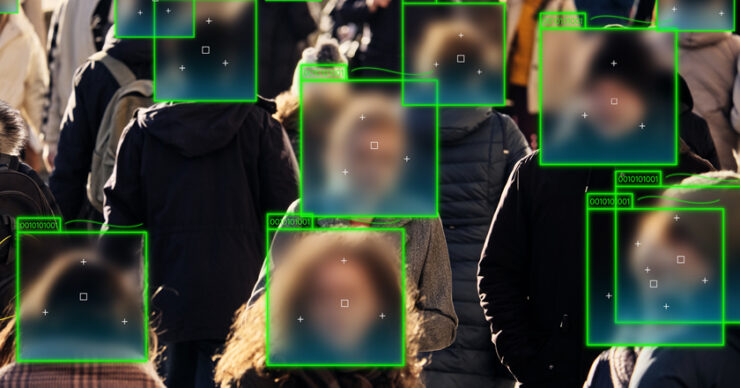
The application of facial recognition technology to daily life offers both advantages and disadvantages. On the one hand, it provides easy safe facility access, smartphone unlocking, and customized user experiences. On the other side, there are legitimate worries about the possibility of widespread surveillance, the degradation of anonymity, along with unauthorized use of personal data. It is essential to strike a balance between the advantages and disadvantages of facial recognition technology in order to guarantee its responsible adoption and control.
Unencrypted Faces
Faces are getting inexpensive to gather and store . It is getting easier to obtain from a distance. Faces can’t be encrypted, in contrast to many other types of data. Since faces are difficult to alter, unlike credit card numbers and passwords, data breaches using facial recognition data raise the risk of stalking, identity theft, and harassment.
Technical Vulnerabilities
Using images or three-dimensional (3D) masks made from the visuals of a victim, it would be able to fool a system with FRT and pose as a victim. Additionally, presentation attacks and the deployment of either digital or physical spoofs, like masks or deep fakes, are potential risk factors for FRT.
Advancement In The Field
The difficulties and restrictions of facial recognition technology are issues that scientists and engineers are always trying to solve. Research is always being done to increase privacy protections, reduce bias, and improve accuracy. Making facial recognition technology more dependable, equitable, and transparent is the goal of strategies like diverse dataset generation, adversarial training, and explainable AI. To create a future that upholds individual rights plus social well-being, collaboration between engineers, legislators, and advocacy groups is essential.
Lack Of Transparency
Privacy issues arise when people are identified using FRT without their knowledge or agreement, particularly when using biometrics, which are personal to each person. Facial scans raise extra issues since they can be readily, remotely, and covertly taken, in contrast to other biometrics (like fingerprints).
Conclusion
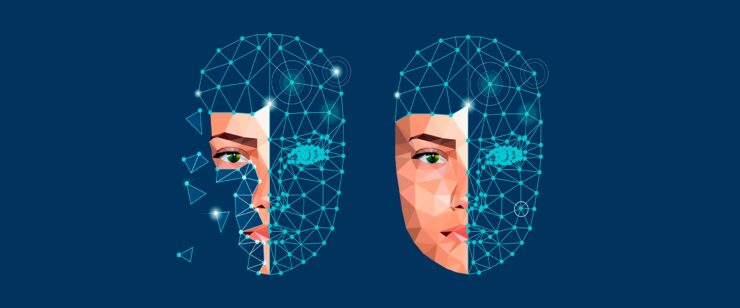
The promise of facial recognition technology is enormous, but it also has significant problems for ethics and privacy. Being able to ethically use this technology requires an understanding of the complex interactions between machine learning, artificial intelligence, and societal dynamics. There are developments to use facial recognition technology to improve our lives without undermining core values by understanding the complexity and aggressively tackling the problems.
Related Posts:
- 20 Best Gaming Headset Under 50$ 2024 - for PC, PS4,…
- 15 Best Shoes for Jumping Rope 2024 - Maintain a…
- Top 10 Best Office Chair Under 200 2024 - Ergonomic…
- 10 Best Climbing Harness of all Time 2024 - Opinion…
- Top 10 Best Outdoor Basketball Shoes 2024 - Durable…
- Top 10 Best Power Inverter for Car 2024 - Keep Your…

